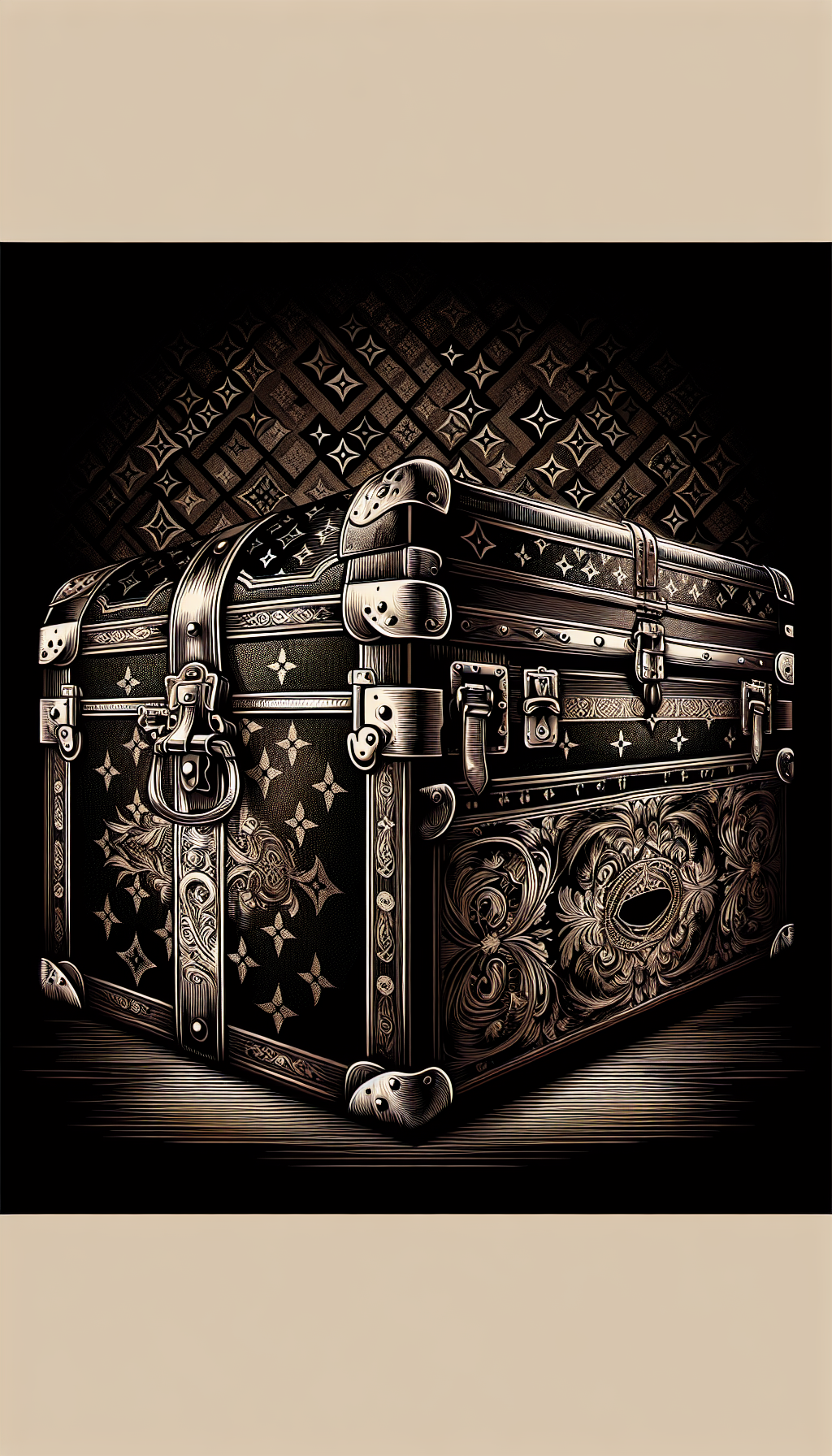Original Painting Blushing Beauty By Peter Max American Active In Usa B 1937
Peter Max (American, b. 1937) remains one of the most recognizable names in late-20th-century American pop and neo-expressionist art. His iconic palette, simplified contours, and exuberant line are everywhere—from album covers to museum walls. Among his most pursued subjects is the stylized female profile broadly known as “Blushing Beauty,” a motif Max revisited across media, formats, and decades. For collectors and appraisers, distinguishing an original painting from the many editions and studio variants is essential to accurate valuation.
This guide focuses on identification, authentication, condition assessment, and market positioning of Peter Max’s “Blushing Beauty,” with practical steps for owners, buyers, and appraisers.
What “Blushing Beauty” Refers To
“Blushing Beauty” is not a single, unique work but a recurring subject: a female profile with closed or half-lidded eye, flowing hair, and a simplified, sensual outline. It appears as:
- Original acrylic paintings on canvas, sometimes on blended grounds.
- Unique mixed-media works on paper (acrylic/gouache/pastel/ink).
- Hand-embellished giclées on canvas (printed base with added paint).
- Serigraphs (screenprints), lithographs, and offset posters.
- Seriolithographs (hybrid print processes) marketed in limited editions.
Because the title was reused, cataloguing must rely on medium, support, size, signature, date, and provenance—not the title alone.
Identifying the Medium: Original Painting vs Editions
Differentiating a true original painting from embellished or purely printed editions underpins any appraisal. Use the checks below in order.
Acrylic on canvas (original painting)
- Look for layered brushwork, visible stroke direction, and physical paint relief (impasto) under raking light.
- Palette often includes saturated blends—magenta, canary yellow, teal, cobalt—with crisp black outlines.
- Signature is typically painted “MAX” in block capitals, often with a two- or four-digit year (e.g., MAX 2001) at lower right; titles and studio inscriptions may appear on the verso.
- Back of canvas may show stretcher bars with wedge keys; gallery-wrap or stapled stretchers are common. Later works can have studio labels or barcoded stickers.
Mixed media on paper (unique work)
- Heavier wove paper, often white or cream; deckle edges are possible but not guaranteed.
- Media may include acrylic, gouache, pastel, and ink. Expect surface variation, pastel dusting at edges, and water-based wash staining visible under magnification.
- Ink lines can feather into paper fibers; acrylic will sit atop and show sheen differences.
Hand-embellished giclée on canvas (not a fully original painting)
- Under magnification, the base image displays inkjet dot patterns and dithering; superimposed paint sits atop the print, often in highlights of hair, lips, or background.
- Embellishment is usually thinner, with limited areas of true impasto.
- Commonly sold with edition numbers; sometimes labeled “HC,” “AP,” or “PP.” The signature may be paint or marker over a printed image.
Serigraph/lithograph on paper
- Serigraphs show flat, saturated color layers; edges of color fields are sharp and register cleanly.
- Lithographs/offsets may reveal halftone dots; under a loupe, look for regular screen patterns.
- Pencil numbering (e.g., 123/300) at lower left and pencil signature lower right are typical in fine editions.
Caution: Hand-embellished canvases and seriolithographs can visually “read” as paintings, especially in online images. In-person inspection with magnification and raking light is best.
Signatures, Inscriptions, and Studio Indicators
Max’s signature practices help with dating and confidence, but they are not conclusive in isolation.
Painted signature “MAX”
- Often executed in black or a contrasting color, lower right, with a year. Early works can differ stylistically in lettering, while later works often have consistent block letters.
- Look for confidence in the stroke and integration into the paint surface (i.e., not sitting awkwardly atop a scuffed varnish).
Pencil signatures on paper editions
- Lower right, with edition number lower left. “AP,” “HC,” or “PP” exist and may be more desirable in some markets, though not always significantly.
Verso labels and notes
- Studio and gallery labels can include title, medium, dimensions, and inventory numbers. Park West Gallery labels, barcodes, or COAs are common in later-market works.
- Handwritten titles such as “Blushing Beauty on Blends,” “Blushing Beauty with Heart,” or “Blushing Beauty II” may appear. These indicate variant compositions or grounds.
Stamps and COAs
- COAs support provenance but are not a substitute for connoisseurship. Ensure the COA details match the work precisely (medium, size, date, edition).
Dates and period indicators
- “Blushing Beauty” compositions are most prevalent from the 1990s onward. Earlier Max works (1960s–70s) with cosmic or psychedelic themes often command different market dynamics.
Note: Later studio production involved assistants for certain tasks on some works. This does not automatically negate authenticity, but it can influence connoisseurial judgment and pricing. When in doubt, rely on material analysis, documentary provenance, and market-comparable behavior for the specific medium and date.
Condition Factors That Drive Value
Condition can swing value materially. Inspect with neutral, angled lighting and magnification.
Paint films (canvas/panel)
- Check for abrasions along edges, stretcher bar impressions, craquelure in dense blacks, and lifting in thicker impasto.
- Fluorescent and high-chroma pigments can be UV-sensitive. Look for fading or chalking, especially in magentas and neons.
Supports and mounting
- Canvas slackness, warping, or corner crushing affects presentation. Later relining is uncommon for Max but should be disclosed if present.
- For paper: cockling, mat burn, adhesive residues, handling creases, scuffs from framing spacers, and light staining are common issues.
Surface contamination
- Nicotine haze, soot, or aerosolized oils can dull acrylic surfaces. Dry cleaning by a qualified conservator is preferred; avoid wet cleaning unless professionally guided.
Inpainting and retouches
- Use UV light to detect hidden restorations. Even minor retouches should be described in appraisals.
Frames and glazing
- Presentable framing supports saleability but should be neutral and archival. Paper works benefit from UV-filtering glazing and acid-free mounts.
Conservation tips:
- Display away from direct sunlight and heat sources.
- Maintain stable humidity (ideally 45–55%) and moderate temperature.
- For paper, insist on acid-free mats, backing boards, and hinging with Japanese paper and reversible adhesives.
Market Trends, Comparables, and Valuation Ranges
The Peter Max market is active, with frequent auction offerings. Supply is robust, particularly for later works and editions, which moderates prices relative to blue-chip pop contemporaries. “Blushing Beauty,” being a popular motif, appears regularly. As of recent market behavior:
- Original acrylic on canvas (mid-size, e.g., roughly 24 x 20 to 36 x 36 inches)
- Typical auction outcomes: mid four figures to low five figures, with strong, vivid examples and desirable sizes achieving the upper end. Exceptional scale or early, particularly painterly works can exceed that band.
- Unique mixed media on paper
- Generally lower than canvas, often mid-to-upper four figures depending on size, complexity, and condition.
- Hand-embellished giclée on canvas
- Usually in the high hundreds to low-to-mid four figures, varying by embellishment quality and edition size.
- Serigraphs/seriolithographs on paper
- Generally in the mid hundreds to low four figures, influenced by edition size, condition, and signature.
Determinants of price:
- Medium hierarchy: original canvas > unique mixed media on paper > hand-embellished giclée > standard edition print.
- Scale: larger canvases tend to command premiums.
- Palette and composition: crisp outlines, saturated blends, and well-balanced profiles sell best.
- Period and authorship context: earlier handwork and compelling provenance can lift value.
- Edition size and status: smaller editions and artist’s proofs may see modest premiums.
- Condition and frame quality: clean, ready-to-hang works attract more bidders.
For formal appraisals, weight comparable sales by:
- Same subject variant (e.g., “Blushing Beauty on Blends” vs “Blushing Beauty with Heart”).
- Same medium/support and similar size.
- Close date ranges.
- Auction venue and sale date (market softening or strengthening matters).
How to Catalog and Document Your “Blushing Beauty”
Accurate cataloging improves both appraisal quality and market trust.
Artist line
- Peter Max (American, b. 1937)
Title
- Blushing Beauty [add variant if present], [optional descriptive suffix].
- Use verso inscriptions when available. If untitled, describe the subject in brackets.
Date
- Use painted/pencil date if present; otherwise estimate by stylistic and material cues.
Medium and support
- “Acrylic on canvas”; “Acrylic, ink, and pastel on paper”; “Hand-embellished giclée on canvas”; “Serigraph on paper.”
- Be precise about “hand-embellished giclée” versus “acrylic on canvas.”
Dimensions
- Height x width (and depth if relevant), unframed; provide framed dimensions separately.
Signature/inscriptions
- “Signed ‘MAX’ and dated [year] lower right; titled and inscribed on verso” or as applicable.
Provenance
- List ownership history: galleries, auction houses, private collections; include invoices, COAs, shipping labels.
Condition report (concise)
- Note any craquelure, retouches, stains, abrasions, or frame issues.
Literature/exhibitions
- Add only if documented; avoid speculative references.
Quick Appraisal Checklist
- Verify the medium with magnification and raking light: painting vs embellished print vs pure print.
- Photograph front, back, signature, corners, and any labels; record exact dimensions unframed.
- Transcribe all inscriptions and edition numbers; compare to paperwork and COA.
- Assess condition carefully: surface, edges, support, glazing.
- Gather provenance: invoices, gallery labels, shipping records, prior appraisals.
- Identify the variant (“on blends,” “with heart,” etc.) to align comparables.
- Compile 3–6 recent comparable sales of the same medium, size, and motif; note venue and date.
- Adjust value for scale, condition, palette strength, and market direction.
- For uncertainty in authorship or medium, seek a specialist opinion before listing or insuring.
Buying and Selling Considerations
- Transparency sells: provide clear disclosures on medium, edition status, and condition. Post close-up images, verso labels, and signature details.
- Pricing strategy: anchor to recent auction comparables for the exact medium/size. For retail, expect a premium over auction but keep within observable ranges.
- Timing: spring and fall often see strongest art sales, but specific markets for Max can be steady year-round.
- Shipping: for canvas, use corner protectors and a double-box method; for paper, ship flat or in a wide-diameter tube with interleaving and rigid supports. Consider professional art shippers for high-value works.
- Insurance: insure for current replacement value; update after notable market moves.
Frequently Asked Questions
Q: How can I tell if my “Blushing Beauty” is an original painting or a hand-embellished giclée? A: Under a loupe, a giclée shows inkjet dot patterns in the base image, with thinner, selective brush additions on top. A true painting shows continuous brushwork and paint relief throughout, without a printed matrix underneath.
Q: Do COAs guarantee authenticity and value? A: COAs support provenance but are not definitive. Align the COA details with the object’s observed medium, size, and inscriptions; then confirm with market-comparable behavior for that exact type of work.
Q: What sizes are most common for “Blushing Beauty”? A: Mid-range canvases and papers are common—roughly in the 20–36 inch dimension on the longer side—though larger and smaller examples exist. Always record exact measurements unframed for comparables.
Q: Are later “studio period” works less valuable? A: Market preference often favors earlier and more evidently hand-executed works, but quality, palette, and presentation can outweigh period alone. Provenance and condition remain crucial.
Q: How should I clean an acrylic-on-canvas “Blushing Beauty”? A: Avoid liquids and household cleaners. Light dusting with a soft, dry microfiber cloth is usually safe. For grime or nicotene haze, consult a professional conservator.
With careful medium identification, thoughtful condition review, and discipline in selecting comparables, you can confidently position a “Blushing Beauty” by Peter Max in the current market. Whether you are cataloging for insurance, preparing to sell, or considering a purchase, the steps above will help you avoid common pitfalls and support a defensible appraisal.




